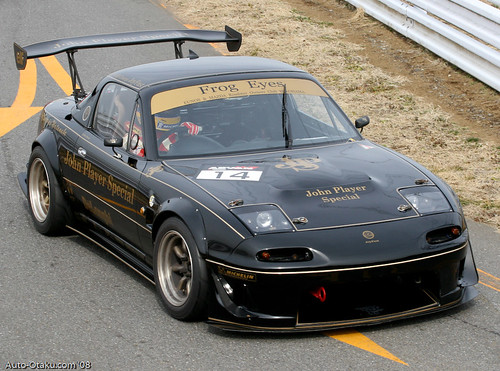 Pic 1
Pic 1My particular interest is on part 3, which focuses on bonnet vents. The bonnet vents described are exhaust vents (as opposed to intake vents).
According to their test results, the best pressure differential over & under the bonnet from their test vehicle (JDM Nissan Maxima), is along the leading edge (front) of the vehicle (see pic 2). Thus the best place to mount the bonnet exhaust vents is just after the radiator (see pic 1). This will give the most efficient removal of hot air from under the bonnet. Their study also showed that placing it at the trailing edge (near the windscreen), actually had the opposite effect. Instead of the vent exhausting hot under bonnet air, it actually sucked in air from outside. Thus increasing pressure under the bonnet, slowing the airflow through the radiator/intercooler, which reduces their efficiency to cool (for more info read the articles – it’s a good read).
 Pic 2
Pic 2Basically, the higher the pressure differential between the outside (+) & under bonnet (-) pressure, the faster air will pass through the radiator/intercooler etc. So keeping the under bonnet pressure low by having an efficient exhaust vents will keep cool outside air passing efficiently through the radiator/intercooler and avoiding pressure lock.
 Pic 3
Pic 3My question to all you aerodynamicists out there...is this pressure differential over the bonnet as described from the article true to all cars with similar profile (Ie. Is this a rule of thumb)? Or does each vehicle differ? And if they do, has anyone tested where the best pressure differential is for the MX-5? Or more to the point, which part of the MX5’s bonnet has the least (or negative) pressure – leading edge or trailing edge? I want to put some exhaust bonnet vents for my 5 but I'd like to make sure they work.
I know I might be asking too much but you never know. People from this forum have always surprised me how knowledgeable they are.













